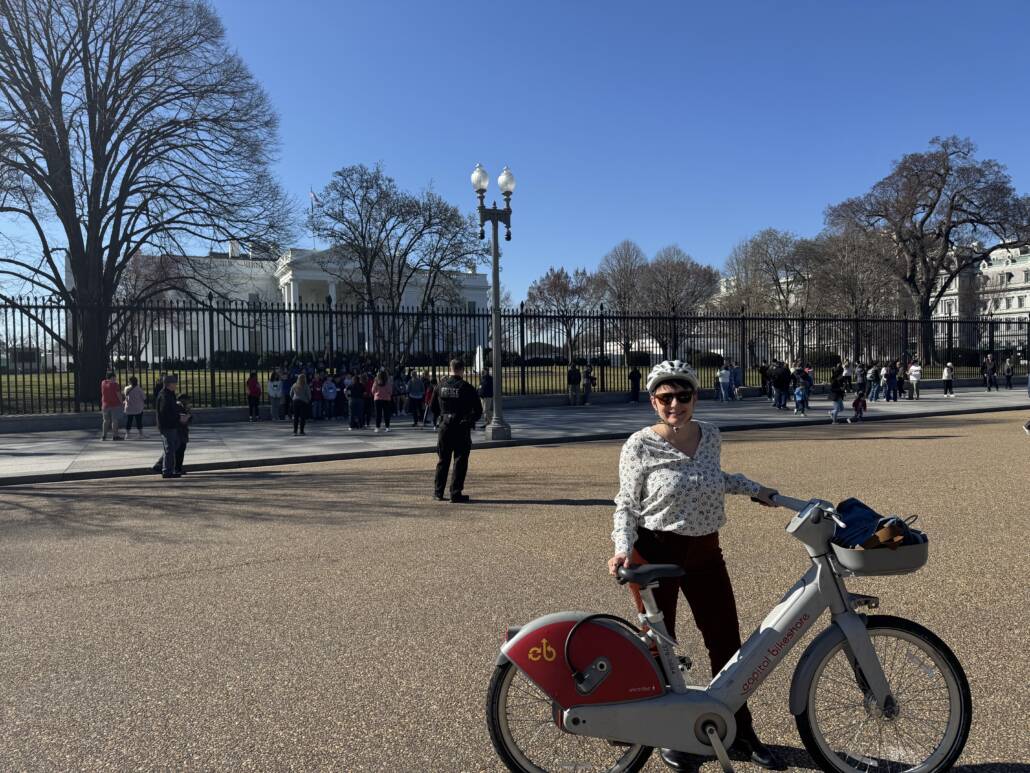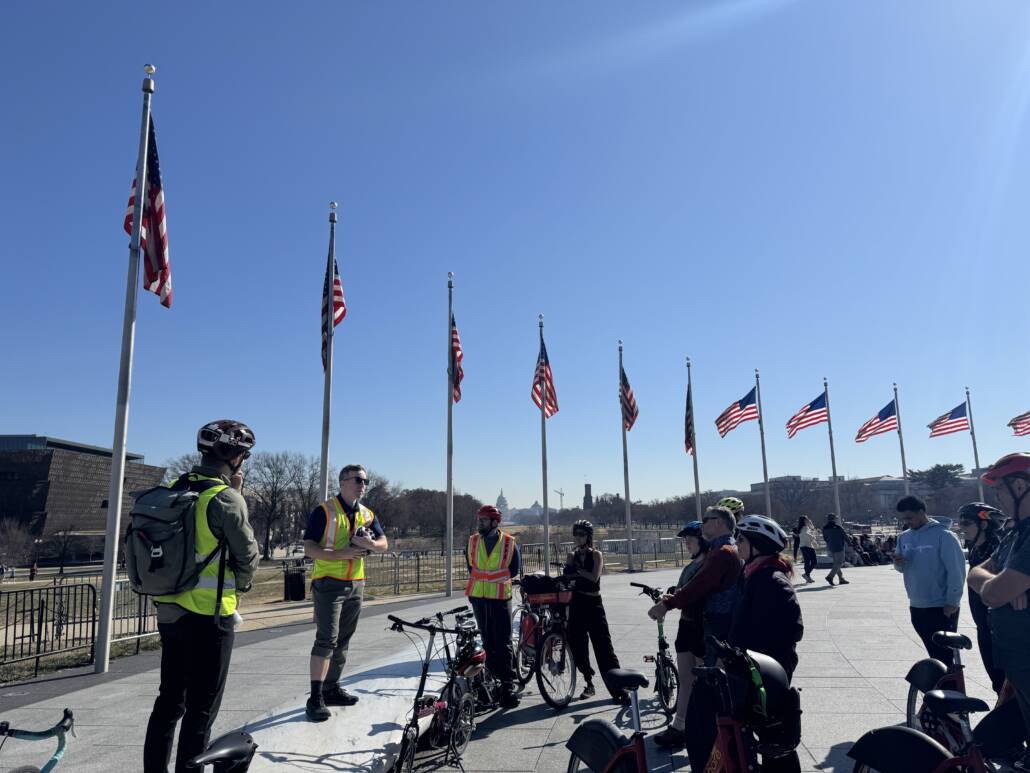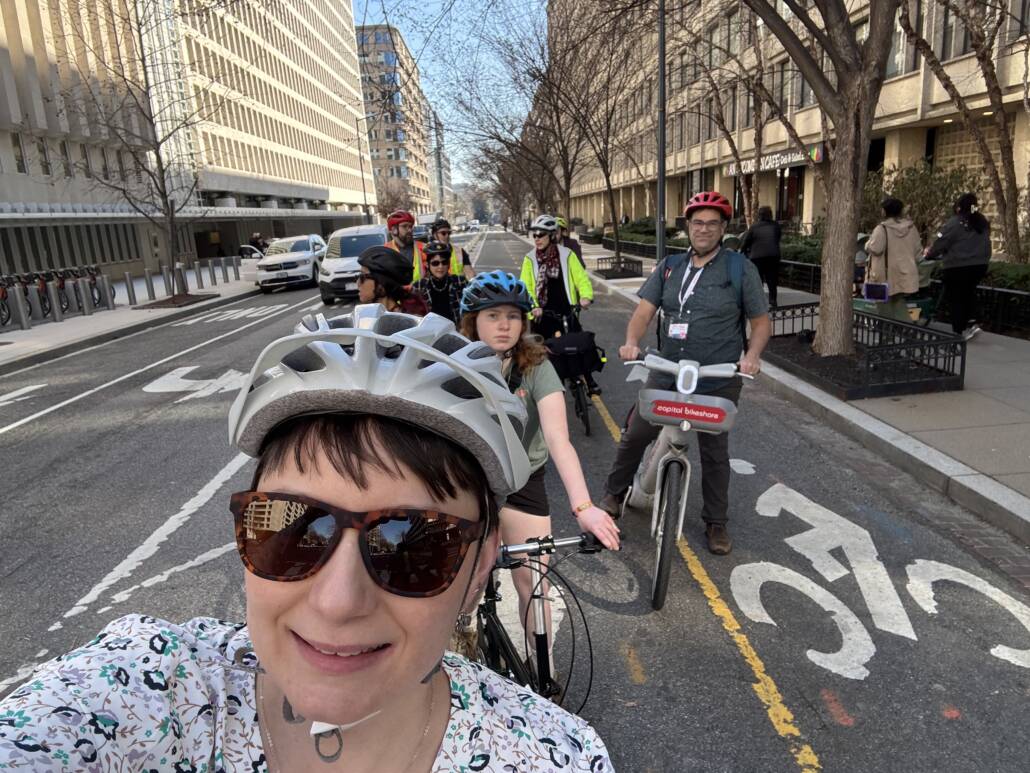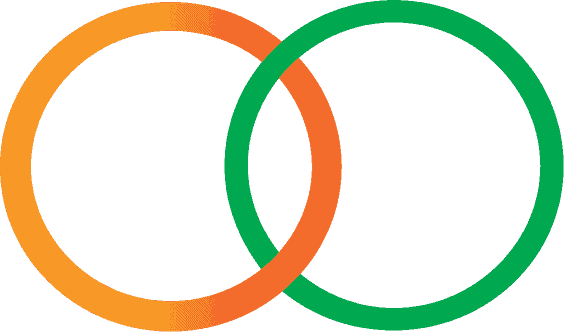National Bike Summit (open thread)
CalBike’s executive director, Kendra Ramsey, attended the League of American Bicyclists’ National Bike Summit, March 11-13, 2025. She sent us short updates from the Summit, which we posted in this open thread.
Thursday, March 13
Closing plenary
The closing plenary of the National Bike Summit featured one of the top transportation safety officials in the country, Chair Jennifer Homendy of the National Transportation Safety Board. Here are some of her words:
“We shouldn’t need stuff to feel safe. We can have all the stuff out there and it won’t matter; it just takes one,” she shared on the amount of gear Americans are expected to use while biking and walking to feel safe. “Safety is a right every road user should be able to expect. But the tragic reality is our system is failing.”
She continued: “Every single death, every single injury, is 100% preventable.”
She also discussed technology that can help create a safe system which protects all road users, including intelligent speed assist. She noted that it is no one’s right to break the law or take someone’s life.
She closed saying, “Anyone who can create a safer system can and should do so now.”

While I’ve been gone, my father in law has been taking my daughter out on her bike!
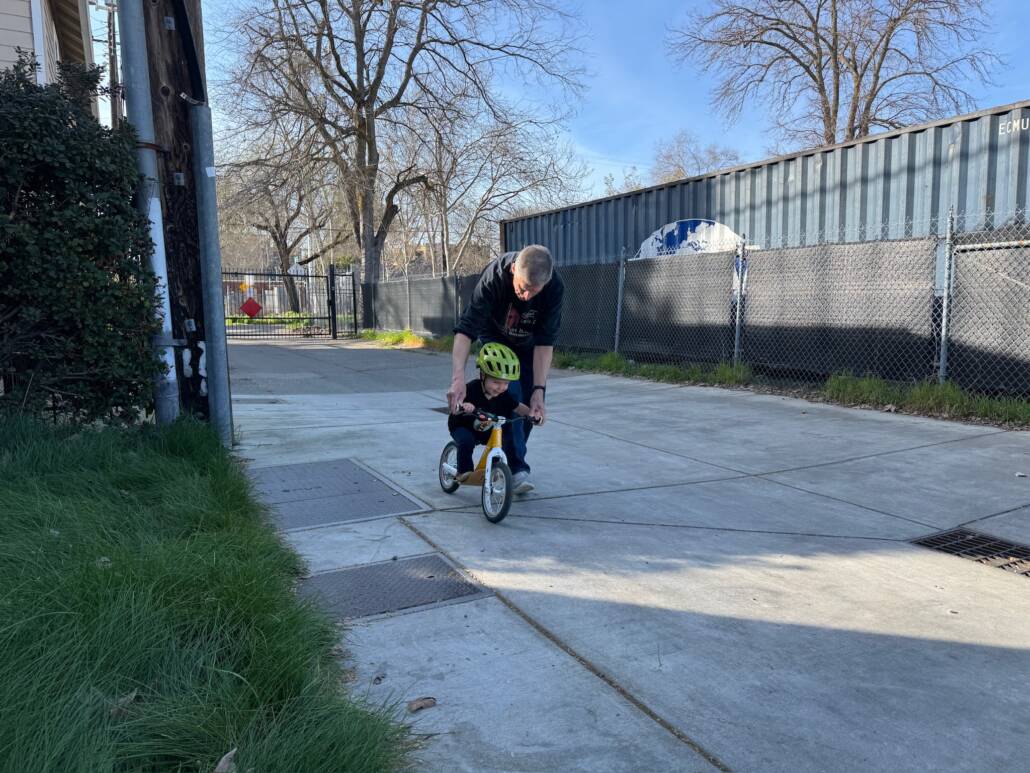
The final day of the National Bike Summit started with a panel on Responding to the Current Political Environment, which was both sobering and hopeful. Speakers suggested we filter out the noise and respond to the real challenges we face as a movement. The “noise” includes things like the information yesterday that any discretionary finding with the phrase “bike lane” will be frozen and reviewed. The real challenges include the “user pay, user benefit” model, which is being uplifted, and the false argument that bicyclists don’t pay taxes and shouldn’t be served by the transportation system.
Speakers highlighted that active transportation and healthy, prosperous communities are bipartisan issues, and that the reframing we may need to do to continue to secure funding is nothing new (wording changes with different leadership, so we’ve done this before!). If you ask most people if they think Americans should pay half of their income on housing and transportation, they would say no. Accordingly, we should be re-shaping our communities to meet the needs of our neighborhoods and our nation.
My next sessions cover the new AASHTO and NACTO bike guides, so I won’t bore you all with wonky details!
Wednesday, March 12
Another lobby day photo: most of the California folks from the evening reception on the Hill.
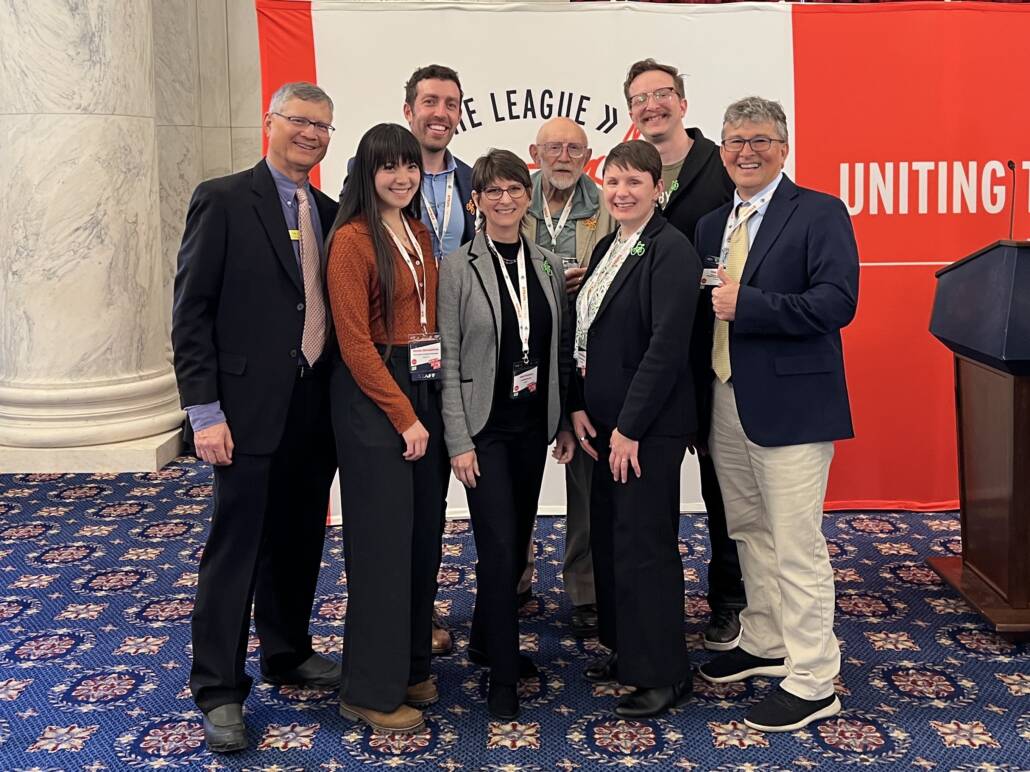
Lobby Day Part 2
I met with staff from Congresswoman Matsui’s office this afternoon (who represents Sacramento, where I live). We stressed the need to defend the funding of already awarded bike projects, and fight for active transportation funding in the next transportation reauthorization. They shared that with the current climate, having Republican support for our projects is more critical than ever, and suggested folks in our communities reach out to their republican Congresspeople to ask for critical bike projects to continue to be funded — especially those that have been frozen!
Lobby Day Part 1
We started the day with the Congressional Bike Ride, led by the Chair of the Congressional Bike Caucus, Mike Thompson of California’s District 4. He spoke about the importance of bicycling, and shared his motto “the bike is the cure.”
The California delegation regrouped at the Bike Lobby Day headquarters, then headed out for multiple meetings. I accompanied Anya McCann of North Natomas Jibe (@Jibewithus) to meet Congressmember Thompson outside of a Ways and Means Committee hearing. He was eager to hear how the Congressional Bike Caucus can be more helpful to the bike movement, and we discussed the threats to funding existing and future active transportation projects.
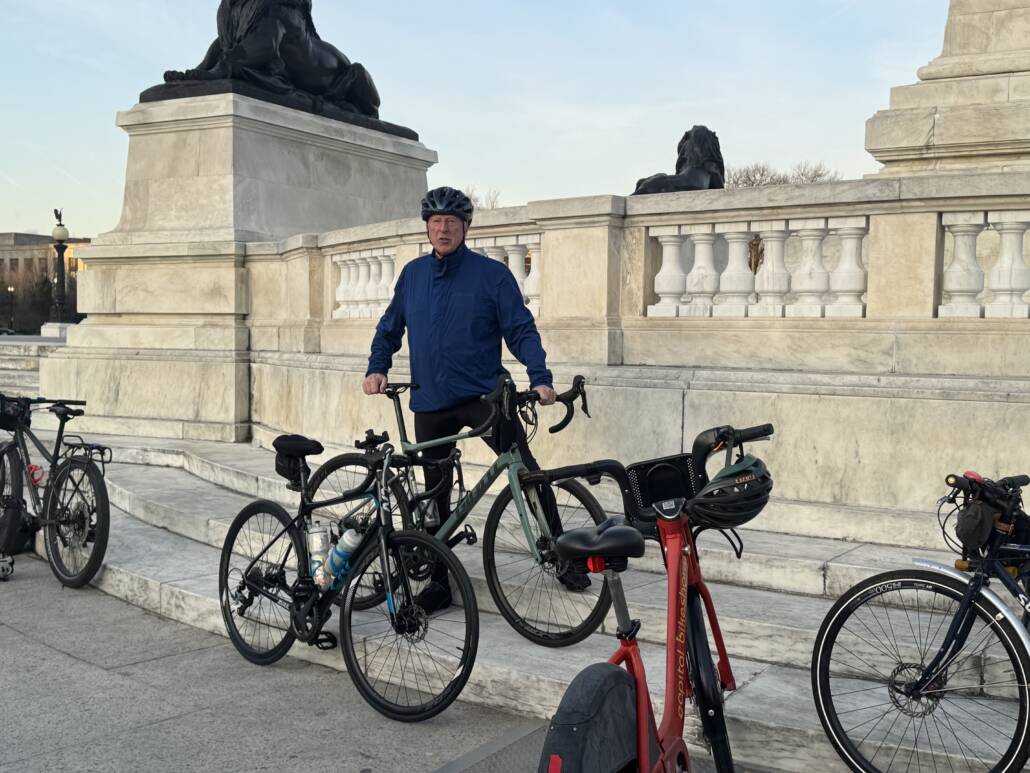
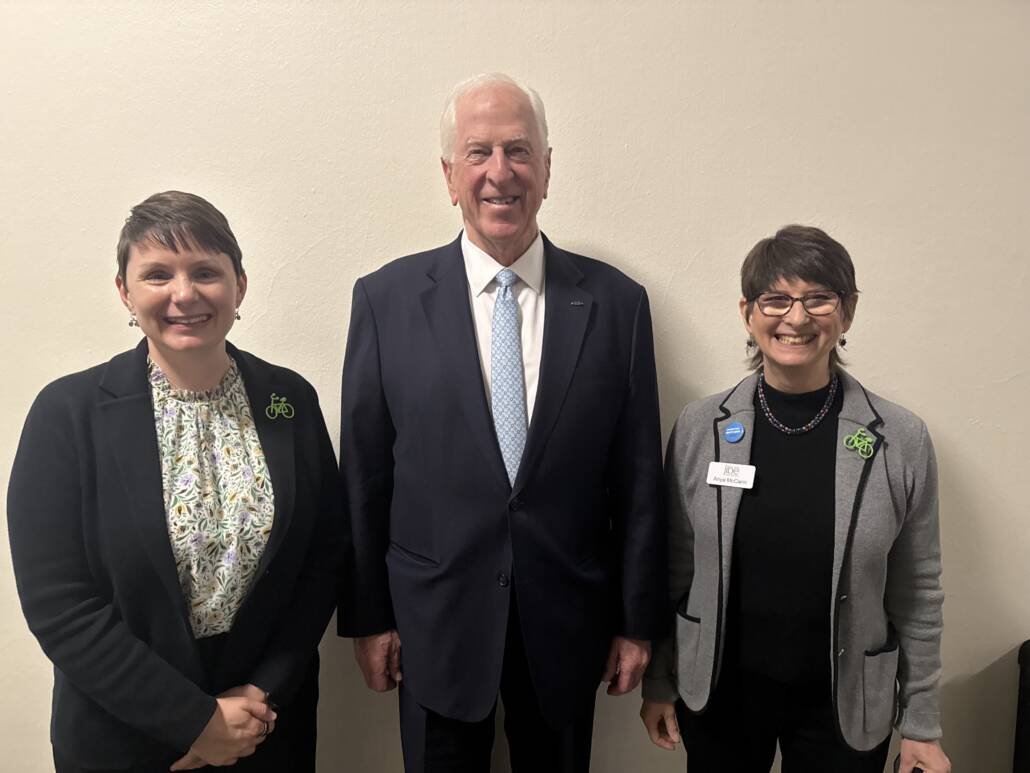
Tuesday, March 11
Wednesday advocates from across California will be meeting with our elected representatives to share the successes of federal active transportation funding, and ask for support in continuing this critical support for our communities.
… more to come!
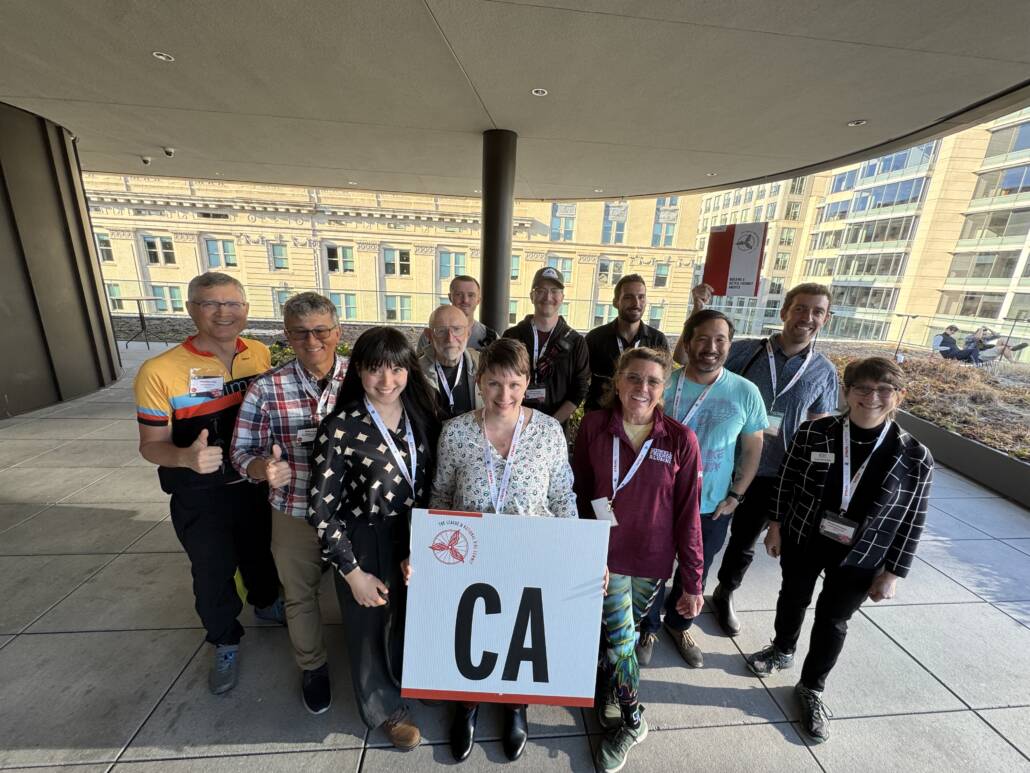

Bicycle Friendly Communities have twice the ridership of all communities in the US. -Bill Nesper, ED of the League of American Bicyclists
Americans of all backgrounds want stronger, healthier communities — Bill Nesper … and bicycling makes our communities stronger and healthier
Wes Marshall, author of Killed by a Traffic Engineer:
You can take zero transportation classes and graduate as a professional engineer. You can’t build the kind of streets that encourage people to walk or bike.
“Factor of Safety” mentality: engineers design so that “9 out of 10 drunk orangutans would survive a crash.” Wide clear zones protect the most out of control drivers by placing bicyclists and pedestrians right in the clear zone, where the drivers will crash.
Measuring fatalities by VMT makes us think roads are getting safer, but looking at it by population shows the true risk (exposure metric). Measuring based on VMT comes from a manual a car-maker produced, not based on any scientific reasoning.
Discussed the ineffectiveness of education campaigns when our roads are built for speed and the safety of car drivers. (Eye ball heads is a campaign from Colorado to get peds to make eye contact with drivers before crossing).
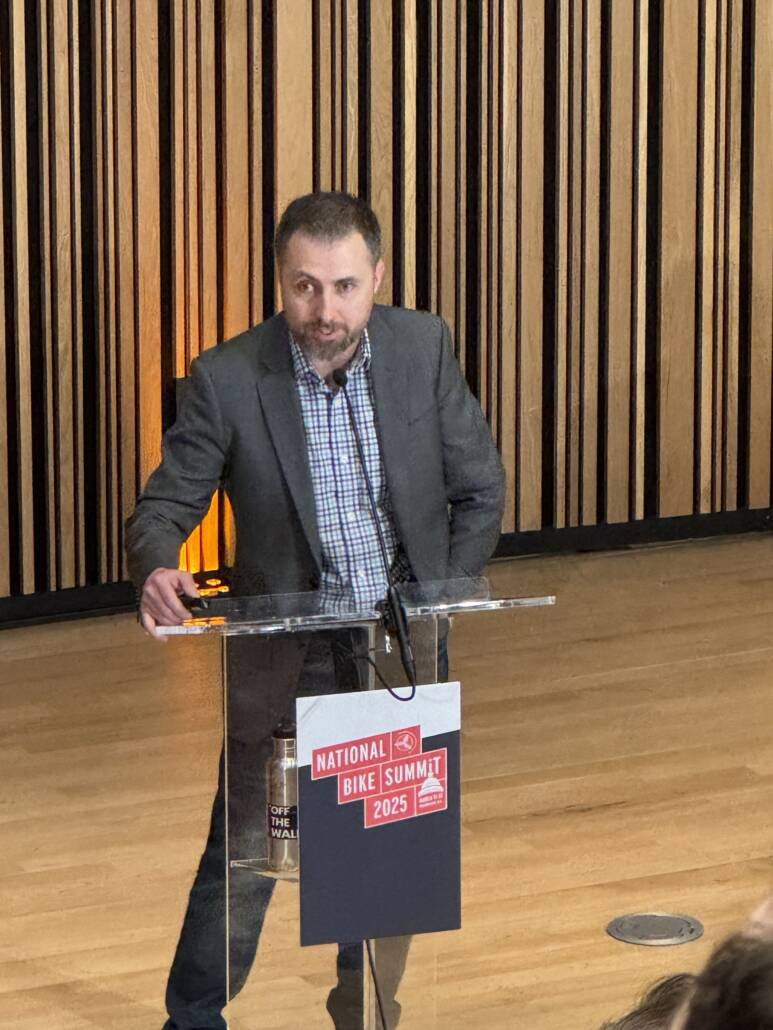
Tim Oey, me, and Justin Hu-Nguyen talk bike education in school at lunch.
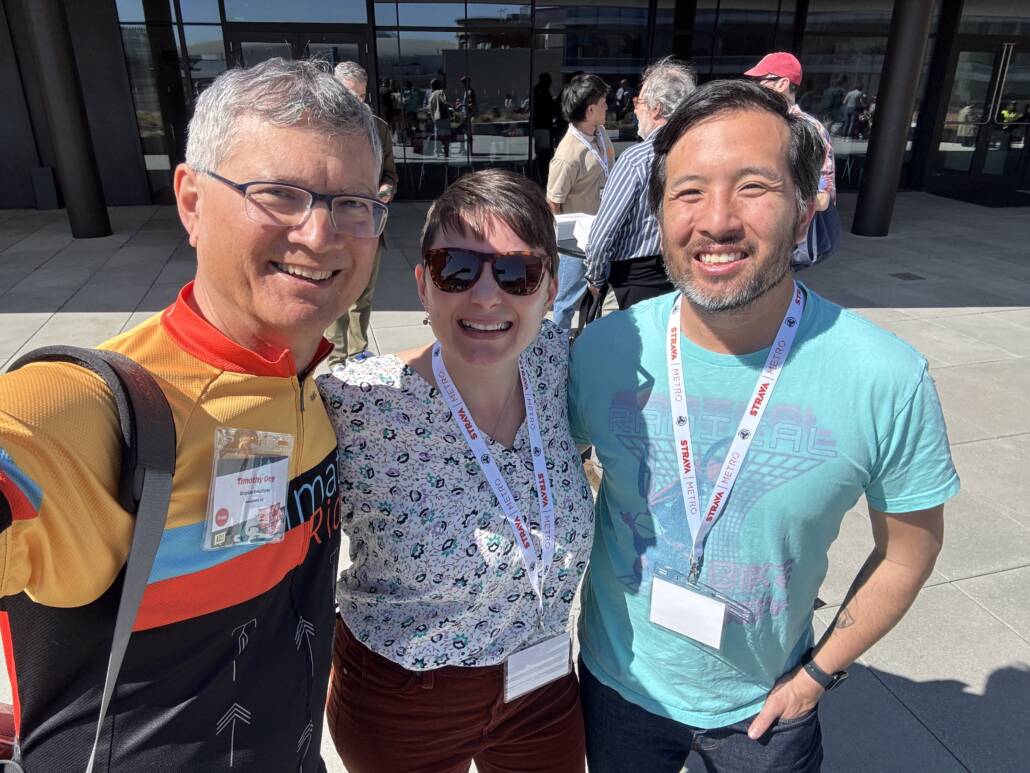
Downtown protected bikeway tour, led by several staff from the District Department of Transportation. DC was planned by L’Enfant to have very wide streets for grandeur, which today results in the ability for road width to be repurposed for bikes. The protected bikeways in the downtown core form a comfortable network which has expanded steadily over the past decade. Many are two-way, complete with bike signalization. They’re working to do more permanent concrete/pour in place curbing instead of flex posts to add better protection with less need for maintenance.
